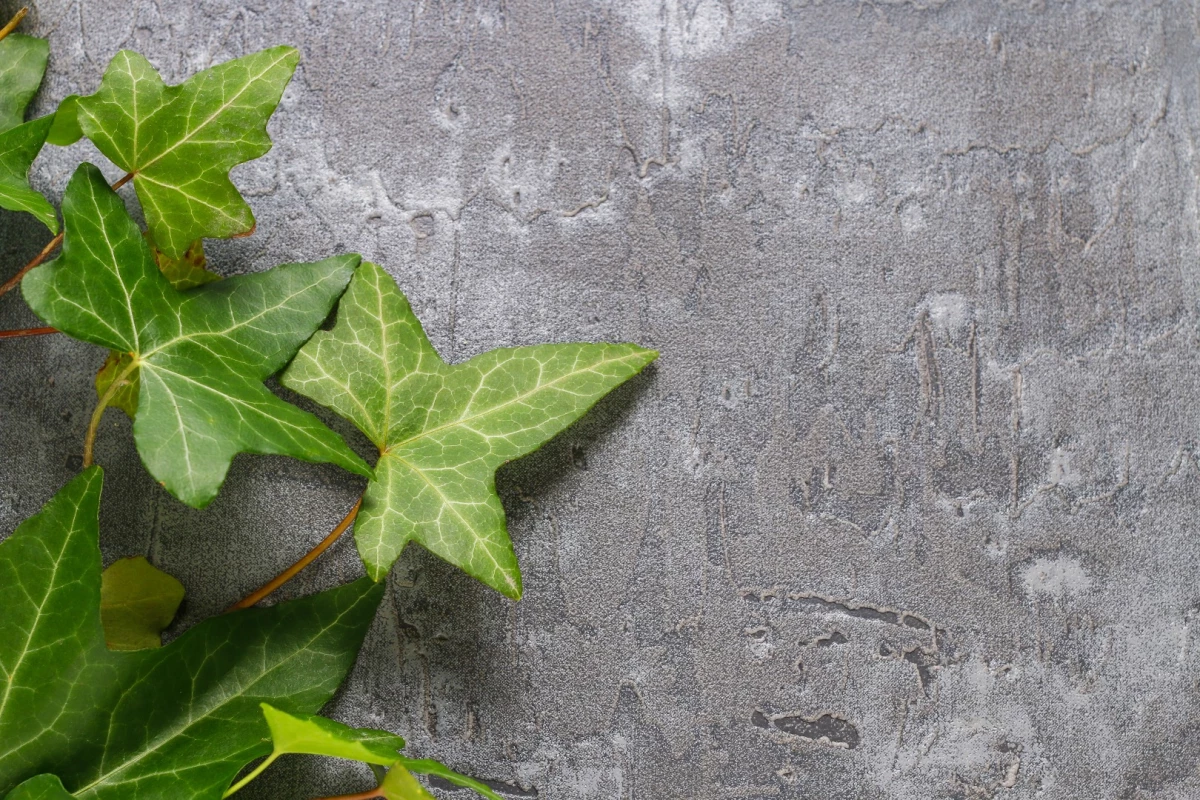Anyone who has tried to clear ivy from the side of their house will know the climber is almost impossible to unstick. A team at Ohio State University has studied the tiny particles giving ivy its vise-like grip, with a view to creating better medical and industrial adhesives, and even stronger armor.
When it's climbing, English ivy secretes minute particles which make the first contact with whatever it's clinging to. These nanoparticles are highly uniform and have a low viscosity, so they're able to work their way into any nooks or crannies in porous surfaces.
The researchers identified that arabinogalactan proteins within the nanoparticles play a key role in the molecular bonding process that follows. As any water evaporates, these proteins interact with pectin and calcium in the liquid oozing from climbing ivy to adhere to the surface.
When it's set, this adhesive is incredibly resistant to temperature changes and different environments, making it capable of surviving natural disasters and determined gardeners alike.
"It's very difficult to tear down, even in a natural disaster. It's one of the strongest adhesive forces in nature," said Mingjun Zhang, the biomedical engineering professor leading the OSU team. "Ivy is very resistant to various environmental conditions, which makes the adhesive a particularly interesting candidate for the development of armor coatings."
That means the bioadhesive could be useful when trying to heal wounds after injuries or surgery, and the US military is also interested in the potential for it to strengthen armor systems. The OSU team's research could also be useful in combatting the impact of ivy on old buildings and bridges, where it can cause significant damage.
"It's a milestone to resolve this mystery," said Zhang. "We now know the secret of this adhesive and the underlying molecular mechanism."
The research is published in Proceedings of the National Academy of Sciences. Funding came from the US Army, the National Science Foundation and the US Department of Energy.
Source: Ohio State University




